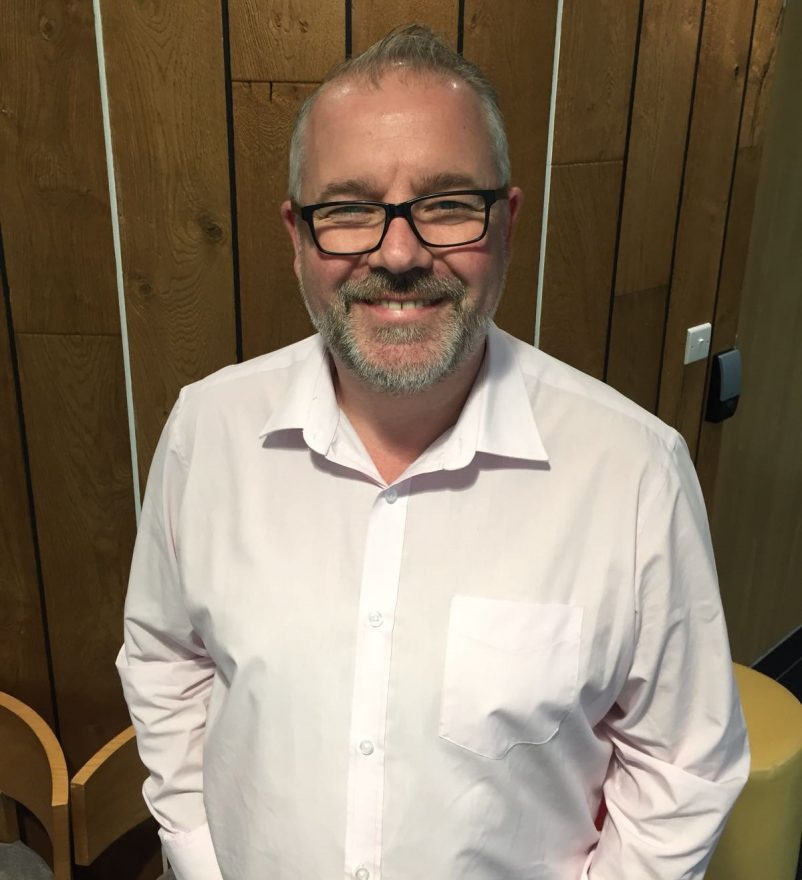So Starbucks in America is closing all its stores for the day to undertake training on unconscious bias, following on from an incident in one of its stores.
Now, I am not going to comment or go into the incident itself – there are plenty of others doing that just fine. I am more interested in the role of unconscious bias in all this.
Unconscious bias refers to a bias in our decision making that is happening outside of our awareness. These biases are mostly helpful, but they can backfire on us, causing us to make inappropriate or just bad choices – such as the one that leads to Starbucks closing 8000 stores!
What is unconscious bias?
When people talk about unconscious bias they are actually talking about a whole range of different cognitive biases (and there are a lot), and specifically about the ones that lead to poor decisions. These could be biases we have around issues such as age, race, gender, sexuality or disability, but they can also just as easily be biases in the workplace around seniority, education or even the roles that we do.
These biases have been learned by each of us over time, based on our experiences and environments, and act as cognitive shortcuts, helping us to make decisions. They are formed in our heads as part of the process of us working out who we are.
We create our own identity by becoming part of a groups. I am not talking about joining the local whatever club, but rather the way we identify ourselves as being like other people in an informal grouping. To define the group, some people need to be in it (in-group) and so some people need to be outside it (out-group).
We slowly learn to appreciate all the good things that being in the group offers, while at the same time noticing all the reasons why we would not want to be in the out-group, ensuring that we have made the right choice. Each and every one of us is in lots of groups, and it is the mix of the groups that goes to the core of who we are. This all happens outside of conscious awareness, so when this small and subtle biases kick in, generally we have absolutely no idea.
The psychologist Jonathon Haidt uses the wonderful metaphor for the mind of an ‘unconscious’ elephant with a ‘conscious’ rider. The rider is trying its best to influence and nudge the elephant into doing the right thing, but really the elephant is in control, making decisions that the rider then needs to explain away. Because these decisions happen outside of awareness, often the rider does not even know they have happened, so will act as if this a rational, thought-through decision, when it may not be.
By now, you are probably thinking, “So what? This does not affect me,” – but the thing is, it affects all of us, all the time.
Unconscious bias and diversity
Let me give you an example: if you are recruiting, unconscious biases will play out in who you pick. Clearly, if one person can do the job and the other does not have the skills, you will make a rational choice, but when all other things are equal, then the decision is made by the ‘elephant’.
Over time these biases mean that we end up making the same decisions over and over again. This is one of the main reasons why many organisations struggle with diversity in their senior ranks.
The best teams and organisations require diverse thinking and decision making. We need leaders and managers who are making decisions not biased by their past, but made rationally about the organisation’s future. This is only possible when we acknowledge that everyone has unconscious bias, and without being aware of it, we can all make decisions that might not be in our, or our organisation’s, best interest.
Understanding the effects of unconscious bias does not stop it, but allows us to check our decisions, make allowances for the biases that we all have, and make better decisions. Starbucks thinks this is worth taking a day… Do you?
By the way, if you want to find out more about the unconscious biases you may hold, psychologist have developed a test. It is called an implicit association test, and it mixes up our views on different areas of bias, with language associated with good and bad.
By mixing up these different categories and then measuring the difference in how quickly we can respond these tests identify areas of automatic associations between mental representations. Or put it more simply, the test pokes below the conscious layer and gives us a glimpse of what we really think.
You can find these tests online, such as the set produced by the team at Project Implicit.



